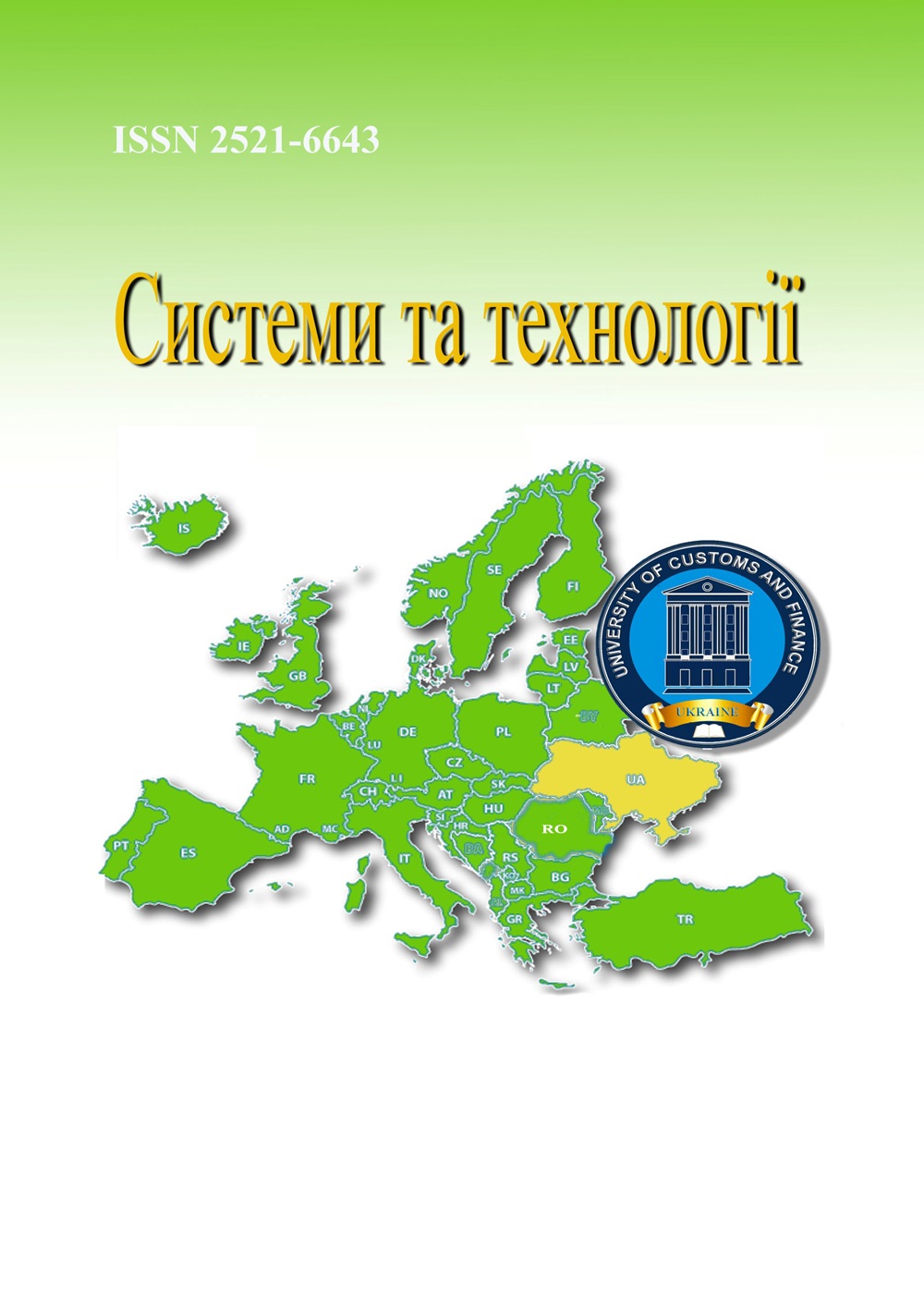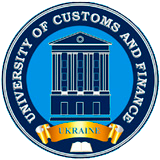SOME ASPECTS OF TEACHING PROFESSIONAL CYCLE DISCIPLINES FOR STUDENTS OF APPLIED MATHEMATICS USING SIMULATION MODELING
Abstract
The article investigates the aspects of using simulation modeling tools in the process of teaching professional cycle disciplines for students majoring in Applied Mathematics. Particular attention is paid to demonstrating the full cycle of solving professional problems – from formulation and detailing to model construction and application of specific methods and appropriate software packages. This approach contributes to the formation of a holistic understanding of modeling principles and their practical application in future professional activities. It should also be noted that it plays a key role in students’ research activities, contributing to the development of analytical thinking and practical skills in building, verifying and applying simulation models of complex systems. It forms the basis for fundamental and applied research, allowing students to develop their own models and analysis methods, which is important for solving modern technical and managerial problems.Simulation modeling, in the context of training specialists in applied mathematics, is one of the key tools that provides not only a deep understanding of theoretical foundations but also the development of practical skills in analyzing complex systems.Its use in the educational process helps to activate students’ analytical thinking and form important professional competencies necessary for successful activities in the field of computer modeling and related fields.The article presents examples of the integration of simulation modeling into various professional disciplines for students of applied mathematics, which allows to demonstrate the possibilities of a comprehensive analysis of complex stochastic and deterministic processes with regard to multifactorial interactions. It is shown how the use of modeling methods contributes to the study of nonlinear system dynamics, the application of multicriteria optimization, and the development of algorithms for predicting real processes directly in the learning environment. Particular attention is paid to the introduction of agent-based, discrete-event and hybrid modeling, which is aimed at forming key competencies in mathematical analysis, algorithmic design and digital forecasting.The article discusses the integration of such modeling tools as the finite element method, stochastic modeling, fractal geometry, and models based on differential equations into the educational process, which are key to solving complex technical problems. The possibilities of using modern software packages, such as Aimsun, Ansys, AnyLogic, GPSS, NetLogo, and Simulink, for structural and behavioral modeling within the framework of the applied mathematics curriculum are illustrated.It is noted that such an integrated use of simulation modeling methods and tools significantly affects the formation of students’ deep competencies in algorithmic thinking, numerical modeling and engineering computing, preparing them for successful professional activities. It is proposed to update the educational components by expanding the practical application of simulation analysis, strengthening the analytical component and introducing an interdisciplinary approach.
References
2. Сердюк М. Є., Сафронова І. А., Зайцева Т. А. Особливості організації теоретичних онлайн-занять / Актуальні проблеми автоматизації та інформаційних технологій: збірник наукових праць. – Т. 26, 2022. – С. 87-95 DOI: http://dx.doi.org/10.15421/432211
3. Собчук В. В., Любченко В. О. Особливості викладання математичного моделювання в курсі вищої математики закладу вищої освіти для студентів технічних спеціальностей / Науковий вісник Кременецької обласної гуманітарно-педагогічної академії ім. Тараса Шевченка. – 2023. – № 16. – DOI: https://doi.org/10.32 782/2410-2075-2023-16.15
4. Собчук В. В. та ін. Методологічні аспекти інтегрованості математичного моделювання в системі математичних дисциплін вищої школи // Теоретико-практичні проблеми використання математичних методів та комп’ютерно-орієнтованих технологій в освіті та науці: матеріали ІІІ Всеукр. конф. (Київ, 28 квіт. 2021 р.). – Київ, 2021. – С. 164–167.
5. Собчук В. В. та ін. Методологічні аспекти навчання математичного моделювання в системі університетської освіти / Interdisciplinary Studies of Complex Systems. 2022. № 21. С. 59–87. DOI: https://doi.org/10.31392/iscs.2022.21.059
6. Теоретичні та практичні аспекти використання математичних методів та інформаційних технологій в освіті і науці : монографія / за заг. ред. О. Литвин. – Київ : Київ. ун-т ім. Б. Грінченка, 2021. – 332 с.
7. Закон України «Про освіту» [Електронний ресурс]. – Режим доступу: https://zakon.rada.gov.ua/laws/show/2145-19
8. Закон України «Про наукову і науково-технічну діяльність» [Електронний ресурс]. – Режим доступу: https://surl.li/inyvnk
9. Освітньо-професійна програма «Комп’ютерне моделювання та технології програмування», рівень вищої освіти бакалавр, спеціальність 113 Прикладна математика URL: https://surl.lu/iktawz (дата звернення: 18.04.2025)
10. Стандарт вищої освіти України, перший (бакалаврський) рівень, 11 Математика і статистика, 113 Прикладна математика [Електронний ресурс]. – Режим доступу: https://surl.li/donpig
11. Aimsun: Mobility intelligence for decisions that count [Електронний ресурс]. – Режим доступу: https://www.aimsun.com/ (дата звернення: 21.04.2025).
12. Ansys Free student software downloads [Електронний ресурс]. – Режим доступу: https://www.ansys.com/academic/students (дата звернення: 21.04.2025).
13. AnyLogic: Simulation modeling software tools & solutions [Електронний ресурс]. – Режим доступу: https://www.anylogic.com/ (дата звернення: 21.04.2025).
14. NetLogo home page [Електронний ресурс]. – Режим доступу: https://ccl.northwestern.edu/netlogo/ (дата звернення: 21.04.2025).
15. Simulink – Simulation and model-based design – MATLAB [Електронний ресурс]. – Режим доступу: https://www.mathworks.com/products/simulink.html (дата звернення: 21.04.2025).

 ISSN
ISSN 




